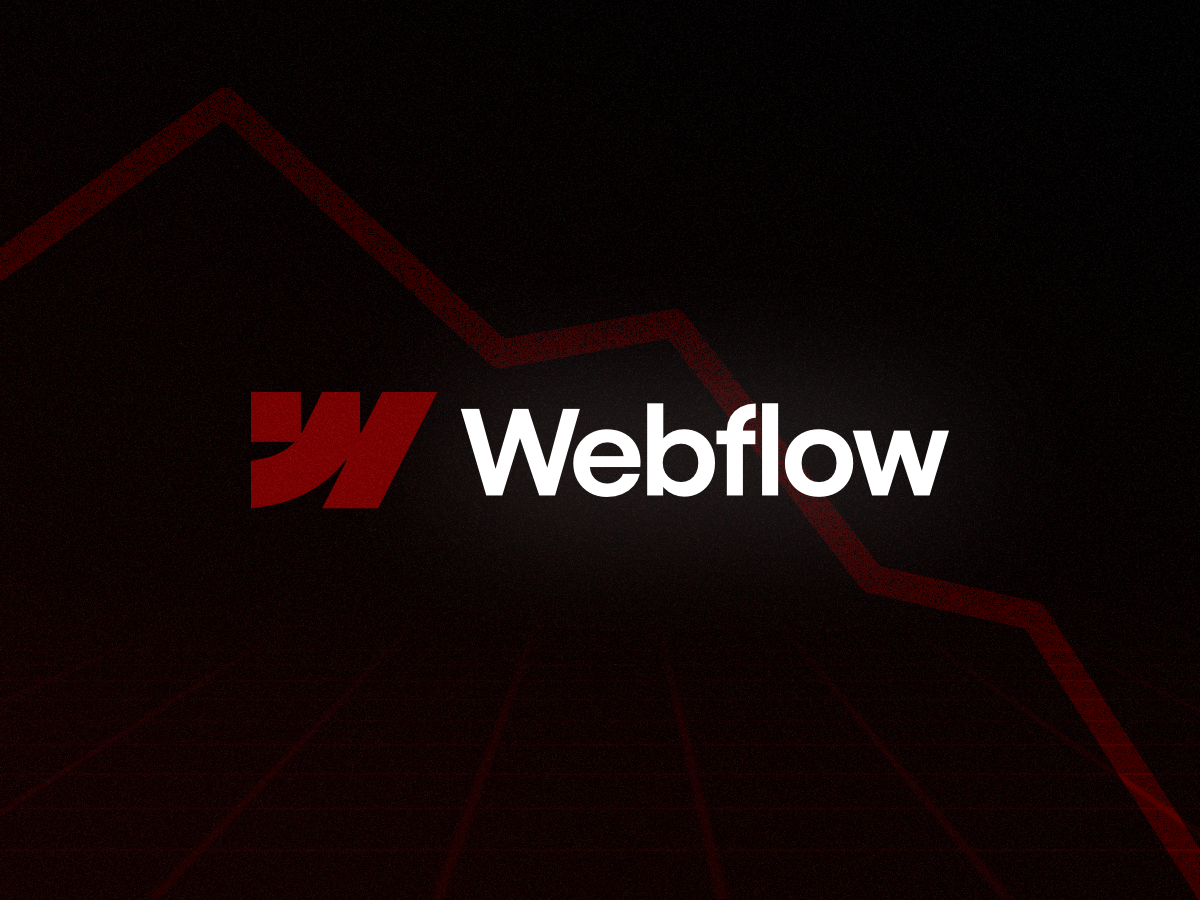My experience with Webflow began during a challenging project: developing a website for a construction company in just one week. The old site had an outdated design, and we needed a quick and efficient solution to revitalize the company’s online presence. Initially, I opted to use Webflow, but the platform revealed a number of limitations that compromised the necessary agility and efficiency. Three days before the deadline, I abandoned Webflow and migrated to Elementor with JetEngine, which proved to be the ideal choice to complete the project on time.
1 – Everything is a collection of items:
In WordPress, content organization is clearly structured between Post Types and Taxonomies, allowing for more intuitive and efficient management. In Webflow, however, everything is treated as a “collection”. This may seem flexible at first glance, but in practice this approach makes content management confusing, as collections can take on multiple roles without a clear sense of responsibility. The native separation offered by WordPress greatly simplifies the registration and maintenance of content.
2 – Limited field options in the CMS:
One of the biggest frustrations with Webflow was the lack of advanced fields in the CMS system. For example, the Repeater Field, essential for organizing and personalizing complex content, simply doesn’t exist. This field is essential for applications such as dynamic lists, galleries and other types of sophisticated registration. In Elementor, with JetEngine, configuring and using these fields is straightforward and incredibly versatile, speeding up development and reducing rework.
3 – Manual definition of classes:
Webflow requires each style class to be created and managed manually. Although this has the potential to reduce the creation of redundant classes, in practice it becomes a time-consuming and impractical process, especially in projects with tight deadlines. In Elementor, all the customizations made in the editor automatically generate the necessary classes, optimizing time and minimizing technical effort.
4 – Lack of ready-to-use widgets:
Elementor is known for its vast library of widgets that meet the most diverse needs. Counters, progress bars, custom forms, sliders and many others are available and, most importantly, they are dynamic and can easily connect to CMS data. In Webflow, the elements available are extremely basic. More advanced features often require custom scripts, compromising practicality and the dynamic connection to the CMS. During the project, this limitation was a critical obstacle, since Webflow made it difficult to integrate essential functionalities into the site.
5 – Everything is managed on the frontend:
Another significant problem with Webflow is how it handles conditional elements. When you set a visibility rule to hide an element, the element’s code is still loaded on the frontend, just with a display: none. This method is problematic in terms of both performance and security. In JetEngine, on the other hand, the element is not even rendered in the final HTML, which results in a faster and more optimized site.
6 – Extremely limited visibility conditions:
In Elementor, any element can have customized visibility conditions. This is crucial for creating dynamic and responsive user experiences. In Webflow, however, this functionality is restricted to CMS Collection widgets, drastically limiting the flexibility of the design and user experience.
7 – Lack of proprietary filtering system:
Uma página que exibe itens de um CMS Collection deve oferecer recursos de filtragem eficazes. No Webflow, essa funcionalidade não existe nativamente. A solução mais comum é usar scripts terceirizados, como os da FinSweet, que operam no frontend. Esse método não é apenas pouco otimizado, mas também exige que todos os elementos sejam carregados na página antes da aplicação do filtro. Em contraste, o Elementor, combinado com o JetSmartFilters, oferece uma solução robusta e nativa que funciona no backend, garantindo uma experiência rápida e eficiente para o usuário.
Conclusion:
Webflow may seem like an attractive solution for those looking for a modern visual editor, but its limitations become evident in complex projects or those with short deadlines. The lack of robust native functionality, such as advanced widgets, filtering and efficient content management, compromises the practicality and efficiency of development. Elementor, on the other hand, combines flexibility, functionality and ease of use, making it the ideal choice for professionals who need agility without sacrificing quality.
